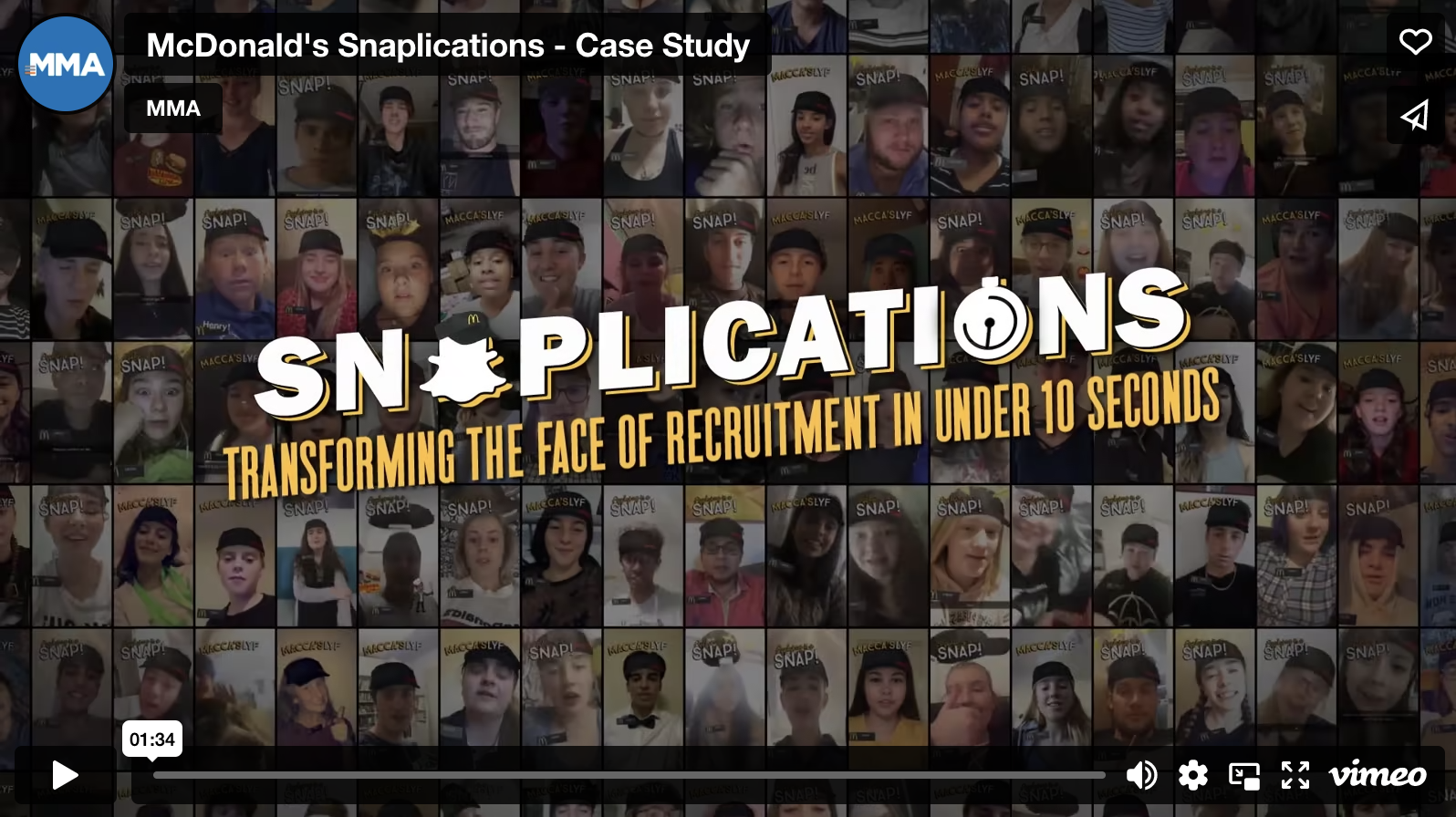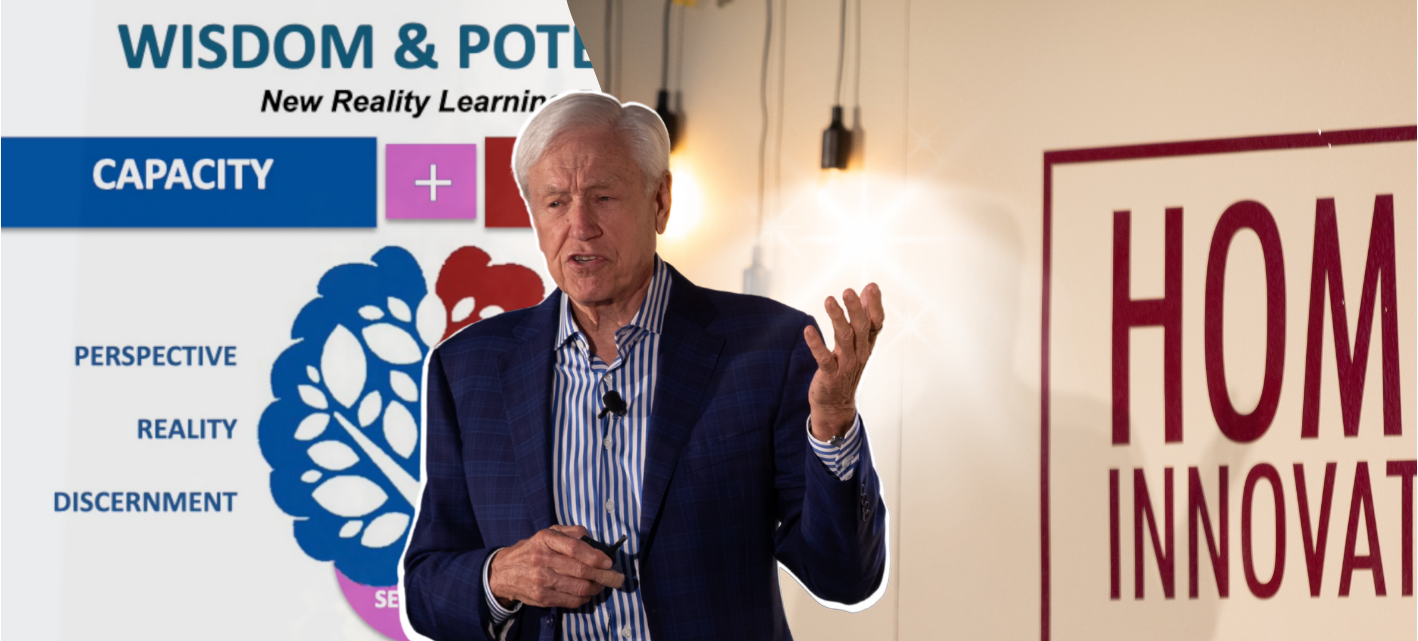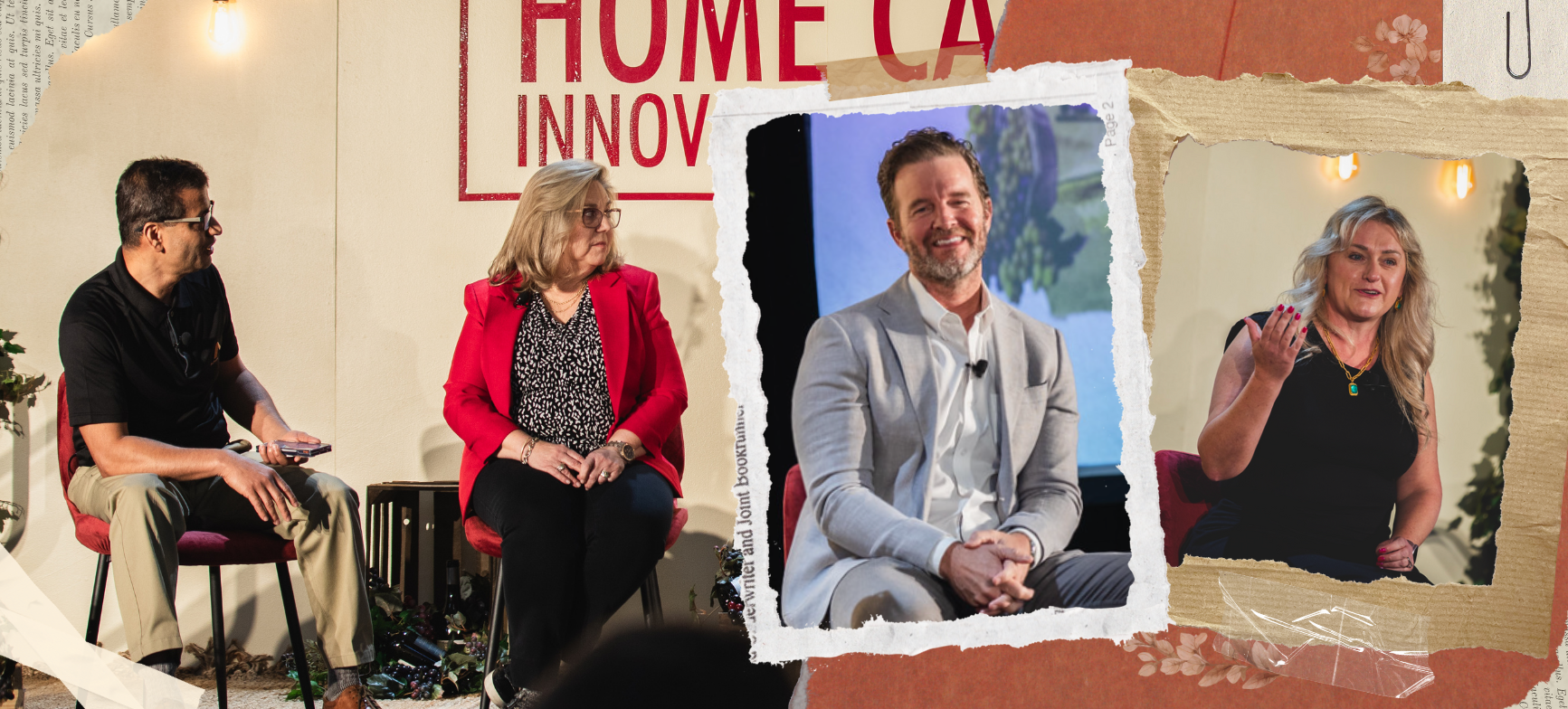When it comes to onboarding a high-quality workforce, it helps to know your hiring audience. As home health care leaders look to fill the growing vacancies in their caregiver roles, they could learn from their counterparts in the restaurant and other service industries, who are utilizing various tech and social media tools to find and hire workers.
At stake? The Gen Z and Millennial workers that if adequately vetted and hired have the potential to provide many years of reliable employment.
The average age of a home health care worker is somewhere in the mid-40s, and as more caregivers age out of the industry – whether due to burnout or simply moving on to other jobs – the industry would do well to attract workers from younger generations. Employment for home health aids and caregivers is expected to rise 25 percent by the end of the decade, with about 712,000 job openings each year. Much of that demand stems from workers either transferring to other jobs or retiring.
Simply put, posting job openings on sites like Indeed will not cast as wide a net as advertising positions where these younger folks’ eyes are glued: to apps like Snapchat, Instagram, and TikTok.
Retailers like Target and Shopify, as well as restaurant chains like Chipotle, have partnered with TikTok Resumes in a pilot program to advertise job opportunities. The tool allows employers to post openings, while applicants can upload a video resume. In both cases, hashtags are used to find one another (think #homecarejobs or #caregiver).
Last year in Australia, McDonald’s used Snapchat to find younger workers, garnering almost 3,000 applications in 24 hours, nearly four times the applications the chain would receive in a week. McDonald’s has since taken the ‘Snaplication’ strategy to the US, running a national campaign that’s reached over 100 million people.
Right channels = right people
Charles Turner is the CEO of KARE, a staffing app that connects caregivers, nurses, CNAs and hospitality staff with open shifts at senior living communities of their choosing. The innovative staffing solutions firm also has ties to the home health industry.
KARE uses several social media sites to recruit, with demographic-specific strategies. For instance, they would use a platform like TikTok, mostly used by those aged 18-29. On the other hand, Facebook is a better platform to reach a wider age range.
“You have to use the right channels to reach the right people,” Turner said. Either way, Turner’s firm “pumps a bunch of money” into these platforms a digital marketing strategy that nets KARE a few thousand applications per day. The ads need to be thoughtful, engaging, and have an authentic feel if you are going to not just grab a candidate’s attention but also get them to apply, Turner added.

He views the staffing business as a salesperson might look at customer acquisition, and using speed-to-lead strategies is key. KARE’s research shows that on average, it takes senior care or home care providers three days to call an applicant after first receiving their application, and what’s worse is that 90 percent of them won’t answer.
“As soon as someone applies, you have to get on the phone and call them, especially if they’re younger,” Turner said. “That puts you in the best position to move the process along and hopefully make a hire.”
AI vs. Automation: Predictive but not perfect
But burgeoning tech is playing an even more prominent role in the hiring process than just finding the right applicant.
Home care providers, eyeing ways to make hiring more efficient, are looking at how AI and automation can drive efficiencies and streamline their hiring goals. Automation, for instance, can be used to not only get in touch with a candidate immediately but also help with everything from scheduling interviews to onboarding paperwork, and sending out text reminders or no-ring voicemails.
Such tools help screen applicants’ credentials quickly, reduces time-to-fill, and improves the applicant experience.
AI, on the other hand, is best suited for dealing with more complex tasks, like determining a candidate’s personality. By analyzing data on the performance of past hires, AI can learn which characteristics and qualifications are most predictive of success in a particular role. This information can then be used to make more accurate predictions about the potential performance of future hires, helping care providers make better hiring decisions. However, it’s still advisable for a human to make the final decision. Many HR departments leverage AI to verify they’re making the right choice.
Regardless of these cutting-edge advancements, at the end of the day, the applicant has to feel that the process is sincere and that there is a human element to an otherwise non-human form of communication and analysis, Turner said.
“The process has to feel organic,” he said. “It has to give the person applying a sense that you are genuine about hiring them.”
Posted by
Join us!
The retreat for home health care and hospice leaders innovators.
May 17-19, 2026 | Palm Springs, CA





-2.png)


-2.png)


Comments